Notes
More on the Photo Exploitation of Kiev: Esquire's Hashtag Mining
(click for full sizes)
It’s called hashtag mining. And ever since Thomas Dworzak did it so creatively in these photo/scrapbooks presented by NatGeo, I was anticipating something more weird and bizarre to come.
What Dworzak did was remarkably simple. Following particular (in some instances, you could say “notorious”) hashtags on Instagram, he took screenshots of particular pictures with his iPhone, then edited images together. The most fascinating and creepy are those shots from Watertown during the Boston Marathon bomber manhunt.)
Which brings me to the Kiev mining Esquire did a couple days ago. Presented as simple “before’s” and “after’s” intended to demonstrate how civil unrest can turn life upside down in an instant, we are shown 32 sets of images from Ukranian citizen’s Instagram feeds. In the face of widespread protestations over the sensationalized use of imagery from Kiev, these pairs juxtapose gritty, sometimes gruesome pictures from Independence Square with mundane, often frivolous photos from the same person’s feed before witnessing living hell.
If the pairings are shockingly effective, I couldn’t help feeling angry and manipulated as well. Of course there’s a point to make about the fragility of life and the shattering of innocence, a message made in an unsparing manner. There is also a meanness and even a mockery to certain pairings — an effect compounded if the photos were reproduced without notification or permission. It would be one thing if the pictures were consecutive (a true visual record, in this case, of the last thing a person captured “before” and the first thing “after”), but that’s not the case. The two photos from the user “Talusya,” however, are four photos apart. The two from the user “ali_salyar” are six apart, and so on. (Esquire’s one paragraph intro does say, by the way, some photos are up to weeks apart, but one sentence up front is quickly overshadowed by the effect of the pictures in dialogue.)
If you think about what you saw once the shock wears off, the liberty taken is more apparent. Going back again, you can see how Esquire was less than innocent in these pairings, looking instead for matches that were not only the most dramatic, garish or ironically artful in tone, but in most of the cases, going for pairs that made the subject in the “before” photo seem almost clownish or callously vain.
The other day, I did a post about photos of Philip Seymour Hoffman taken by Victoria Will at Sundance a few weeks before he died of the drug overdose. In choosing out the portraits that revealed the most overt examples of pain, I was making a point about the role of photography in the act of hindsight and how much more ambiguous our experience remains — in spite the all-too-obvious contrast after-the-fact. Consider this for a moment. What if your house had just burned down and I went into your Instagram feed and decided to dangle in front of you backyard photos of blatant mundanity in the days just before? The way these Instagram photos exploit their owners and demean the everyday, I don’t think the analogy is unfair at all.
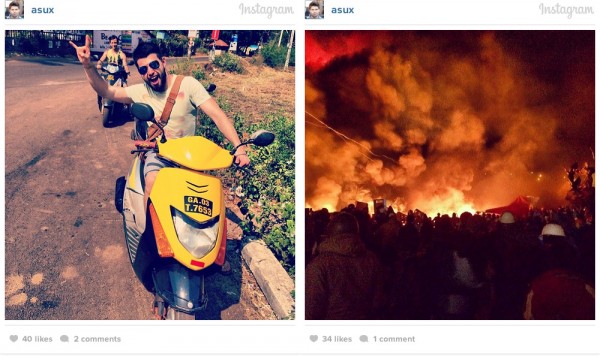
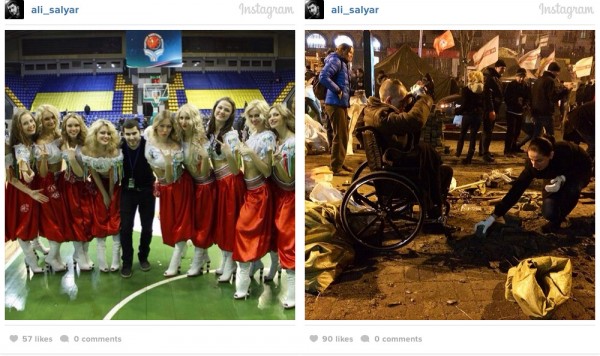
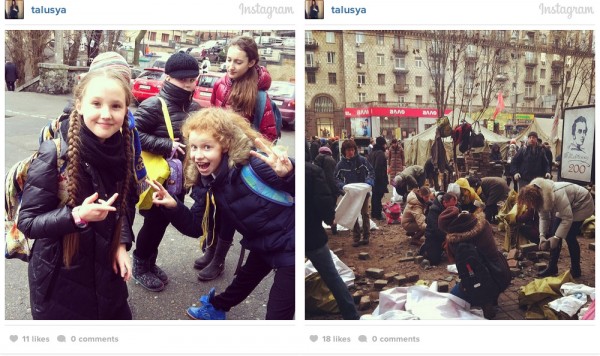
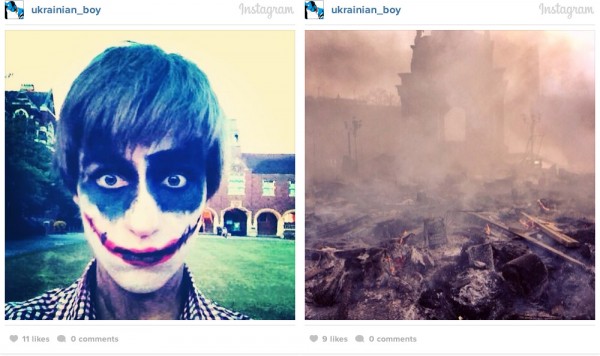
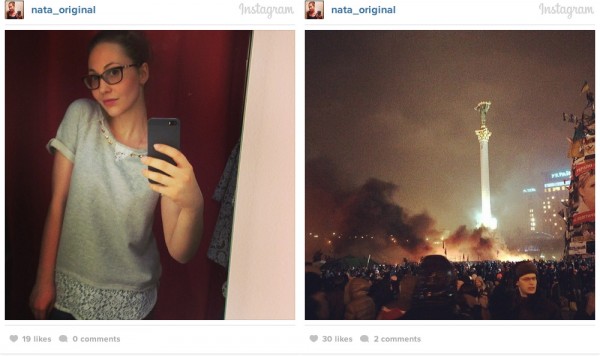
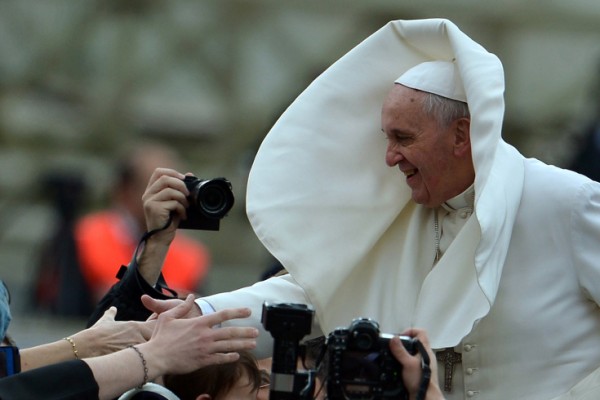
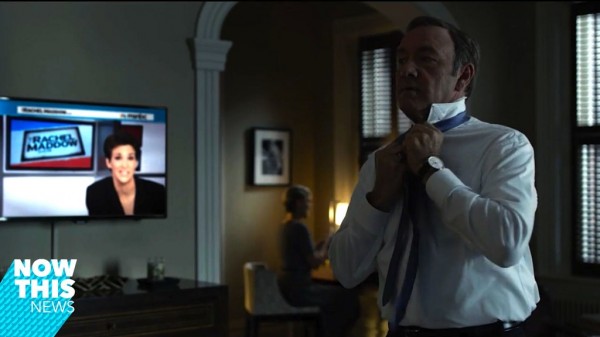
Reactions
Comments Powered by Disqus